QuestionHello,
I am conducting cardiovascular research in mice. Our lab measures blood vessel function in arteries that are in the fat tissue directly next to muscles that used to aid in mouse running. We find that these vessels in the fat tissue are healthier in exercise mice than in normal mice. The exercise mice have a wheel to run and the control mice do not. That is essentially the difference. Anyways these findings would make sense in humans because we have increased blood flow to the fat surrounding muscles during exercise to help cool down but in mice I am told all of their cooling from the tail. Is this true or do mice also redirect blood to the skin and fat during exercise? If you do not could you refer me to a book?
Thanks!
AnswerHi Austin,
Before you jump to that conclusion, have you examined vessels in the rest of the body? Is it not possible that regular cardiovascular exercise (the wheel) could have led to healthier vessels overall?
It's true that because there is a prominent vessel running the length of the tail, a great deal of heat can be lost from it should it dilate, however heat is also lost through the paws and large, vascular ears. Therefore, not all of their cooling occurs through the tail. Because mice are so small, anesthesia becomes extremely challenging - they lose body heat all over very quickly when under the influence of anesthesia. This would seem to support that all their peripheral vessels are capable of dilating and dispersing body temperature.
I think you have a better chance than I do, being a researcher, at finding out firsthand if the vessels in fat serve as cooling mechanisms during and after exercise. In fact, it sounds like the purpose of your experiment, so you tell me! :) As far as peer support, it's tough to find books on mice. Start at the Jackson Laboratory (https://www.jax.org/) and then move to searching papers through your local university's subscriptions. A lot has been done in mouse research to perfect them as project models over the last few decades - I bet you can find something useful through a good research database. While my husband works at the local college, I no longer have access to their database, and unfortunately cannot look up recent papers for you. In case you find it useful, here is the full text of The Anatomy of the Laboratory Mouse (Margaret J. Cook, 1965) which may prove a useful starting point, as well: http://www.informatics.jax.org/cookbook/
Good luck in your research!
-Tam

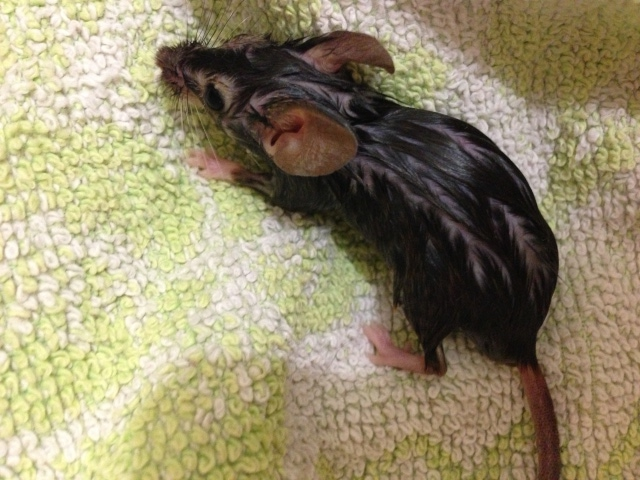 Lost drenched mouse
QuestionThis it the mouse
QUESTION: Hello Natas
Lost drenched mouse
QuestionThis it the mouse
QUESTION: Hello Natas
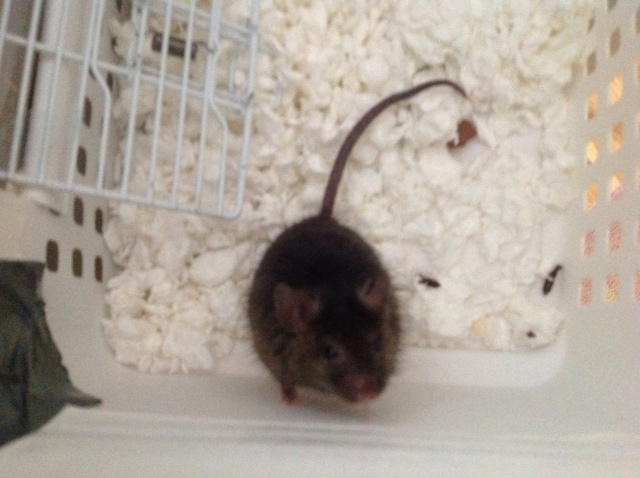 Spooky
Question
Spooky
Its me again, little Spooky is h
Spooky
Question
Spooky
Its me again, little Spooky is h
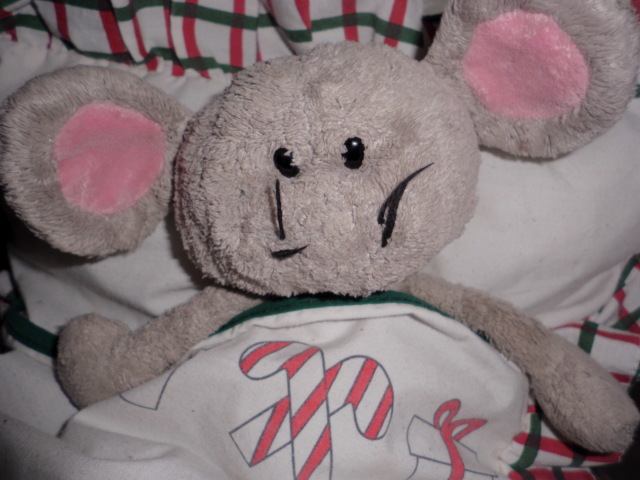 Mouse with fever
Question
Tina has a cold
My mouses forehead is b
Mouse with fever
Question
Tina has a cold
My mouses forehead is b
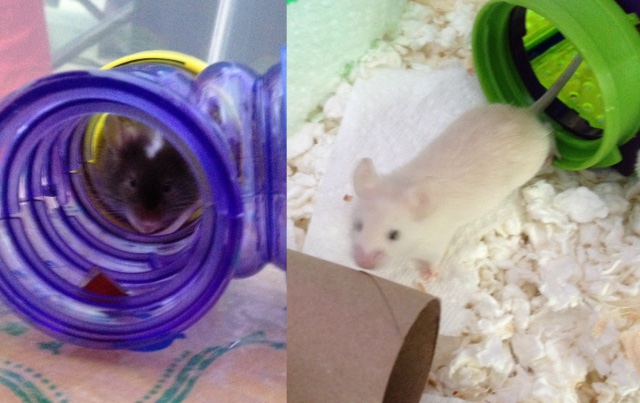 Male mouse siblings suddenly fighting
QuestionQUESTION: Hello!
I brought home two male mice
Male mouse siblings suddenly fighting
QuestionQUESTION: Hello!
I brought home two male mice
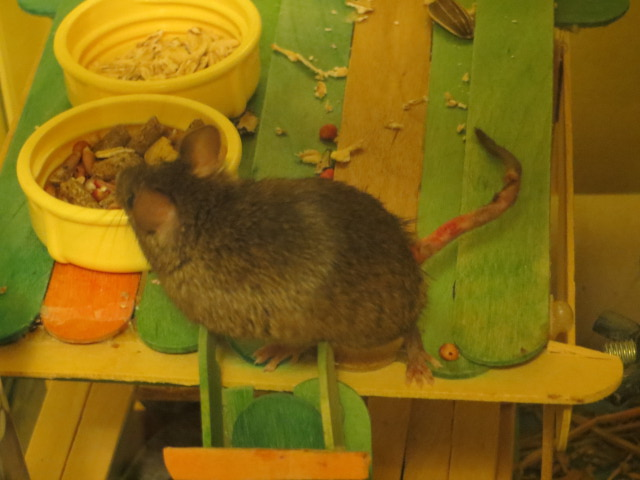 Mouse with raw tail
QuestionAlfalfa 2
Alfalfa
QUESTION: I hav
Mouse with raw tail
QuestionAlfalfa 2
Alfalfa
QUESTION: I hav